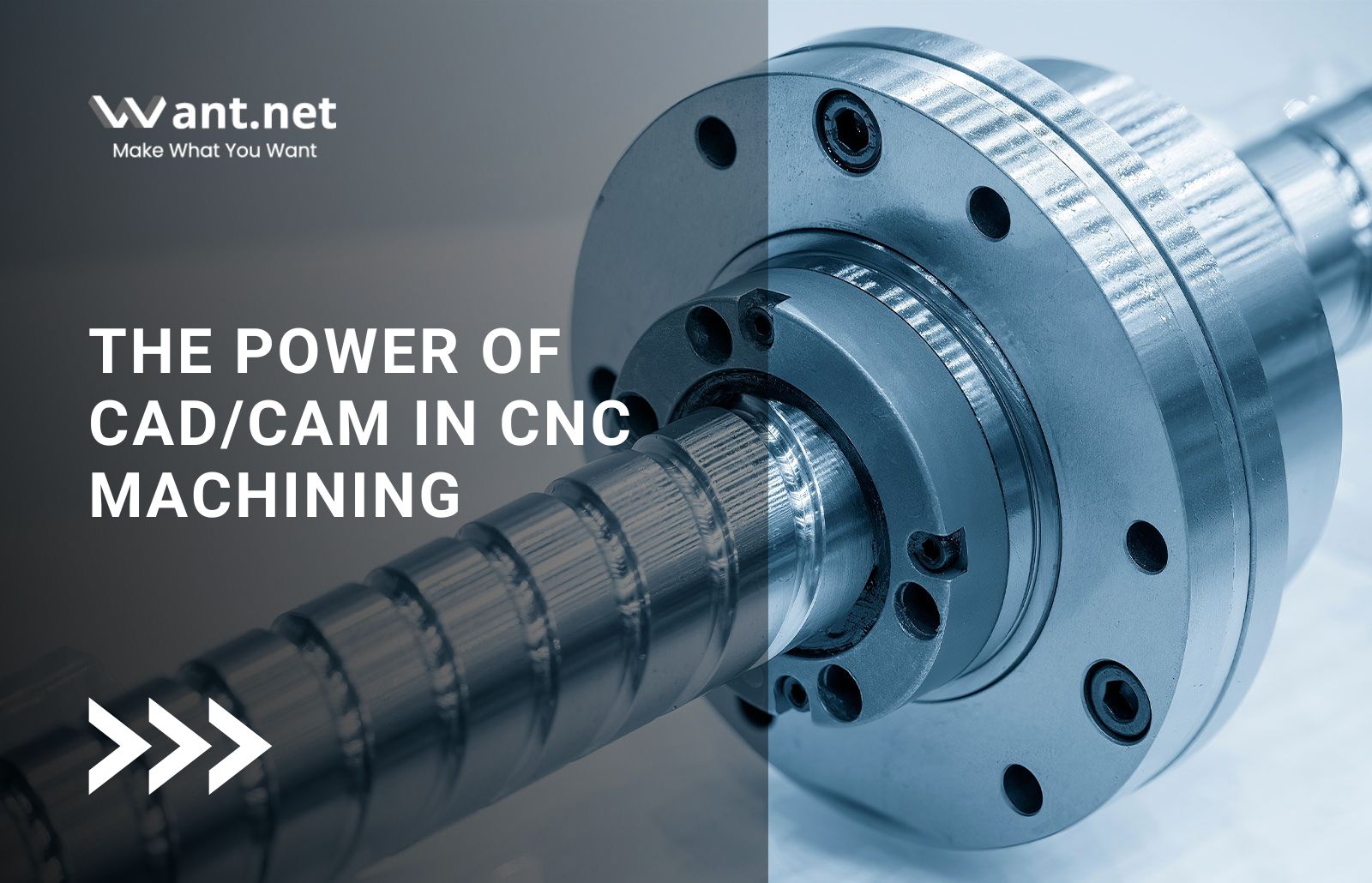In the dynamic world of manufacturing, two buzzwords have taken center stage: CAD/CAM and CNC machining. These cutting-edge technologies have transformed the industry, revolutionizing the production of precision parts and products. In this article, we will delve into the vital role played by CAD/CAM in CNC machining, exploring its impact on the manufacturing process and the cruciality of producing top-notch components.
Decoding CAD/CAM: Unveiling Its Inner Workings
CAD/CAM, an acronym for Computer-Aided Design and Computer-Aided Manufacturing, represents a fusion of software and hardware that facilitates the creation of intricate designs and their subsequent production. The CAD process begins with engineers employing specialized software to construct 2D or 3D models of the desired part. These models undergo modifications, edits, and optimizations until they satisfy the desired specifications.
Upon completion of the design phase, the CAD model interfaces with CAM software. Computer-Aided Manufacturing utilizes the CAD model to generate precise instructions, referred to as G-code, for the CNC machine. These instructions dictate the movement of cutting tools and materials, orchestrating the creation of the envisioned part.
Recommended Read: 5 Innovative Applications of CNC Machining
The Integral Role of CAD/CAM in CNC Machining
CNC machining, a subtractive manufacturing process, entails the use of computer-controlled machine tools to carve out the desired shape by removing material from a workpiece. The CNC machine can encompass various tools such as milling machines, lathes, or routers. Renowned for their exceptional accuracy, these machines can seamlessly fashion complex shapes with unparalleled precision.
For the CNC machine to fabricate the intended part, it relies on G-code instructions. It is at this juncture that CAD/CAM software steps in. The CAM software converts the CAD model into G-code, subsequently dispatching it to the CNC machine.
Recommended Read: Streamline Your CNC Machining Workflow: Tips and Techniques
The Advantages of Integrating CAD/CAM in CNC Machining
The incorporation of CAD/CAM software into CNC machining bestows numerous advantages when compared to traditional manual methods. Here are some key benefits:
Enhanced Efficiency
CAD/CAM software expeditiously generates accurate G-code instructions, enabling faster production with minimal waste. Moreover, the software optimizes the cutting path and tool selection, reducing the amount of material that needs to be removed.
Recommended Read: 5 Ways to Increase CNC Machining Efficiency
Augmented Accuracy
CAD/CAM software empowers the creation of exquisitely precise designs that can be faithfully replicated by the CNC machine. This meticulous attention to detail ensures that parts adhere to stringent tolerances, a paramount consideration in countless industries.
Unparalleled Flexibility
CAD/CAM software seamlessly accommodates diverse designs and intricate part geometries. Consequently, manufacturers can fabricate complex components that would be arduous or even impossible to create using manual machining techniques.
Consistency Is Key
With CAD/CAM software at the helm, each part adheres to exact specifications. This interchangeability facilitates easy replacements whenever necessary, while guaranteeing uniformity in the manufacturing process.
Real-Life Applications Showcasing CAD/CAM in CNC Machining
Let us now explore real-life instances that exemplify the practical application of CAD/CAM within CNC machining.
The Aerospace Industry: Precision Takes Flight
Precision and reliability are paramount in the aerospace industry. CAD/CAM software plays a pivotal role in designing and manufacturing intricate components for aircraft engines, landing gear, and other critical parts. CNC machines work their magic, crafting parts with remarkable precision to ensure seamless integration.
The Medical Industry: Pioneering Healthcare Solutions
The medical industry heavily relies on CNC machining, employing CAD/CAM software to fabricate customized parts for medical devices, implants, and prosthetics. These parts necessitate unparalleled precision, often requiring intricate geometries that CNC machining effortlessly achieves.
The Automotive Industry: Powering Ahead
Another industry embracing the transformative potential of CAD/CAM and CNC machining is automotive manufacturing. These cutting-edge technologies underpin the creation of parts for engines, transmissions, and other critical components. CNC machines play a pivotal role, expediting the production process while guaranteeing consistent, interchangeable parts.
Consumer Products: Catering to the Masses
CAD/CAM and CNC machining leave an indelible mark on the consumer products landscape. From sleek cell phone cases to efficient kitchen appliances, manufacturers harness these technologies to deliver high-quality parts that cater to consumer demands. CNC machines excel at mass production, thus optimizing manufacturing costs.
Conclusion
CAD/CAM and CNC machining have become indispensable technologies within the manufacturing industry. Their seamless integration enables manufacturers to swiftly produce top-quality parts with unrivaled accuracy, a necessity across diverse sectors. Leveraging CAD/CAM software in CNC machining yields numerous advantages, including enhanced efficiency, augmented accuracy, unparalleled flexibility, and consistent outcomes.
As technology continues to advance, we can anticipate further refinement in these technologies. This progress will usher in accelerated production times, higher-quality parts, and enhanced manufacturing efficiency.
When seeking a CNC machining service, it is paramount to select a provider that leverages CAD/CAM software. Such a partnership ensures that your parts are meticulously crafted to meet the most stringent standards and exact specifications. With the right CNC machining service, you can acquire the precision parts essential for your business, whether you operate in aerospace, medical, automotive, or consumer product sectors.
Check out more CNC machining knowleadge on this page.









